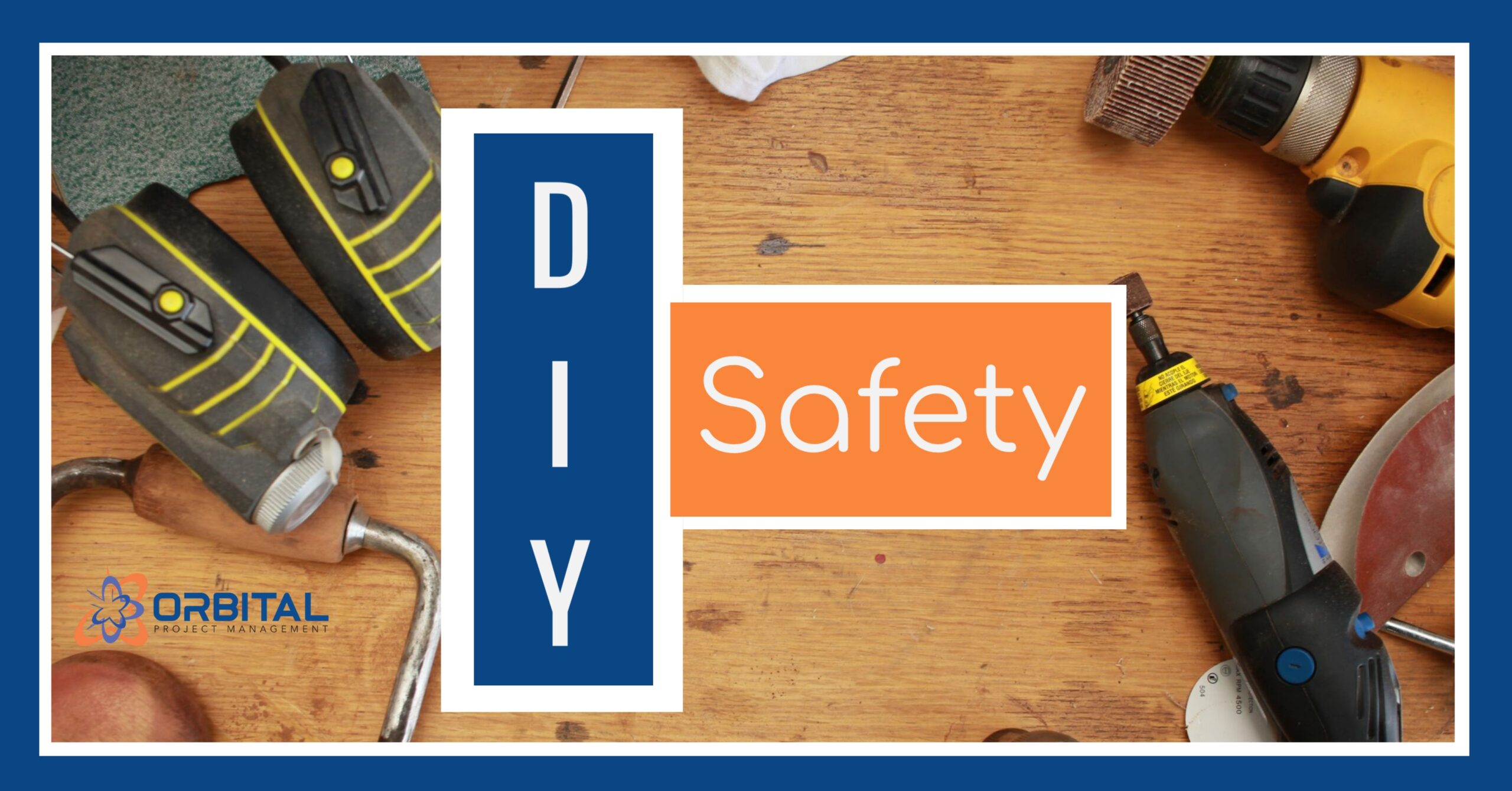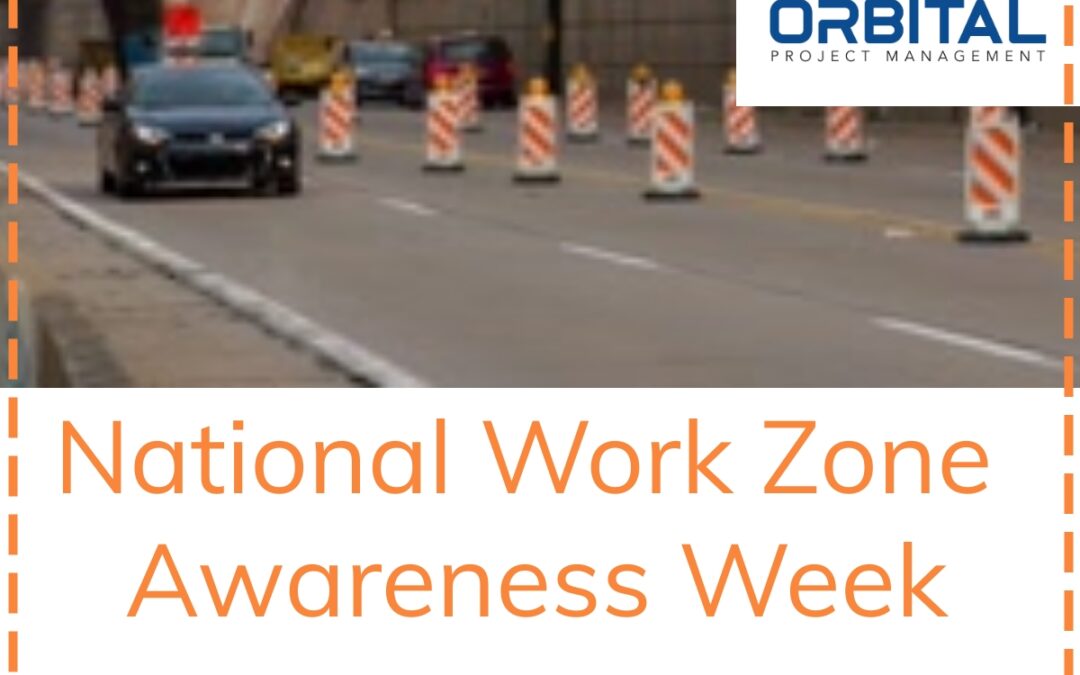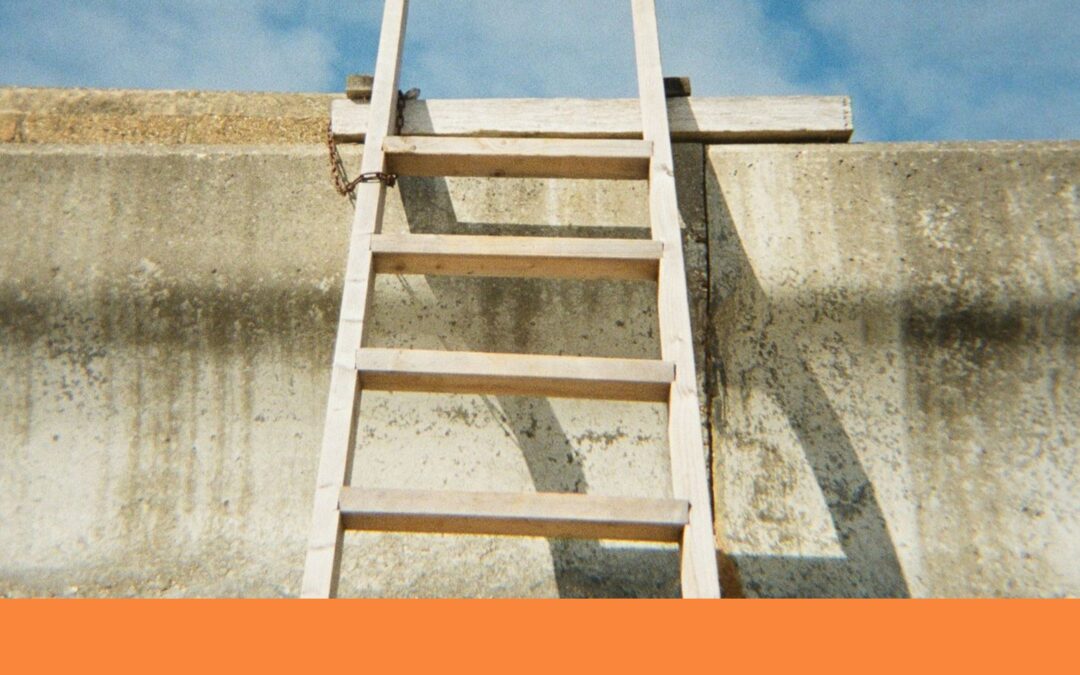Spring is coming!
Whether you plan to tackle major spring cleaning or launch into a home or garden renovation project, here are some safety basics that can protect you from unnecessary and potentially life-altering harm.
The Sky is Falling
(Nope. Just you are.)
The number one cause of injury and death around construction sites (or at homes using similar equipment like ladders) is falls. From gutter cleaning or repairs to updating interior ceiling light fixtures, the use of ladders creates risk.
The basics:
- Choose the correct ladder size and type for the job
- Do not use the top of a step ladder to stand upon
- Check for damage to ladder frame or rungs before use
- Ensure ground below ladder feet is even and stable
- Consider having another person present in case of a fall
I Can See Clearly Now
Always protect your eyes with appropriate safety glasses, goggles, or face shields. Sunglasses do not offer the same impact resistance as safety glasses and may cause major damage if they shatter. If you’re working with chemicals that may have harmful effects if fluid or vapors reach the eyes, use goggles (yeah, like the ones from your old chemistry class). For other work requiring skin protection for the face as well as the eyes, use a shatter resistant face shield.
Have a bottle or two of sterile eye rinse on hand as part of your first aid kit in case you need to flush debris or chemicals from your eyes. Sterile eye rinse matches the body’s natural pH and doesn’t cause the same discomfort that water can.
If you experience an eye injury, seek medical attention immediately. Corneal abrasions or chemical burns can quickly worsen if not properly treated, resulting in infection or injury up to permanent loss of vision.
Listen Up
Hearing loss is insidious. Unless you suffer a traumatic event that instantly and irrevocably alters your hearing, you most likely won’t be aware of hearing loss until it is too late. While most of us don’t have a decibel meter lying around to test actual noise levels, you can use the 2-to-3 foot rule to determine if hearing protection is needed. If two people standing 2-3 feet apart must raise their voices to be heard, then noise levels are loud enough to cause hearing damage.
Have some form of hearing protection on hand to mitigate hearing damage:
- Foam earplugs
- Plastic ear caps
- Noise-dampening earmuffs
If you’re working on a project with power tools with multiple people helping, be sure that your chosen hearing protection allows you to hear important warnings from others or that you have known hand signals to convey critical information. Look to each other for visual confirmation before powering tools or taking action.
Skin
Sunburn, abrasions, and toxin exposure can permanently damage skin. Choose appropriate protection for your task and cover up.
- Sunscreen
- SPF-rated clothing and hats
- Thicker clothing materials
- Protective aprons
- Gloves
- Long sleeves and pants
- Coveralls
If clothing gets soiled with chemicals, discard them appropriately. Do not wash or dry items that have been exposed to flammable or other toxic materials as they may pose a fire risk or contaminate other clothing.
Caught-Between Injuries
Hands and feet are especially prone to cuts, punctures, and what are known as caught-between injuries. Depending on the task, the use of gloves may create a greater risk for having hands pulled into moving equipment like saw blades.
Safety basics:
- Never reach into energized equipment with moving parts
- Do not remove or otherwise disengage equipment guards
- Have long hair tied back and secured
- Remove jewelry
- Do not use gloves that may get caught on moving parts
- Wear heavy duty boots to protect feet from damage
Breathe Easy
Just like hearing loss, damage to the respiratory system often goes undetected until many years later. While tradespersons who perform daily work with known damaging substances are well-versed on respiratory protection, laymen who engage in DIY renovations often don’t consider the potential exposure they have.
Before you leave that big box store with your cart of supplies, do some online research, read product warning labels, and throw the appropriate respiratory protection devices in with your purchase.
Some projects that may require specific types of respiratory protection:
- Interior staining or painting with poor ventilation (especially oil-based)
- Removal of asbestos-containing products (“popcorn” ceilings, certain tiles)
- Sanding or scraping of lead-based paint
- Entering crawl spaces with mold or other toxins
- Use of paint thinners or strippers
- Application of certain surface-leveling products
- Mixing cement or mortar
Shocking, Right?!
Ah, electricity… Most of us can’t live without it.
The problem is, you might not live with it if you’re not careful. For ANY work near electrical components, shut down the circuit. Then use a line tester to ensure any exposed parts aren’t live. Something as simple as driving a nail or screw into a wall could potentially contact interior wires. Some “stud finder” tools have current-detecting functions. Use them, especially if there is a switch or outlet located anywhere nearby. If in doubt, hire a licensed electrician to perform electrical work.
Extension cords. It felt good to just put a period there, as if somehow we could simply shut the door on what may be the riskiest violation 99.9% of us make. Let’s keep this brief because there is a good chance that every person reading this has violated extension cord rules more than once.
- Do not remove the grounding prong to make a 3-prong cord fit a 2-prong outlet
- Do not use an extension cord if the manufacturer says not to (read: space heaters)
- Use the correctly-rated cord for the task (heavy duty, double insulated, etc…)
- Do not overload circuits by adding power strips and maxing them out
More cord safety notes:
- Do not lift tools by their cords
- Grasp a cord by the plug to unplug it, do not pull using the cord
- Inspect cords before use
- Do not use frayed or damaged cords
- If a cord overheats, unplug and discontinue use
Finally: If something trips a GFCI, do not simply reset it and continue on your merry way. Figure out what the overload was that caused it to trip and make an adjustment to the load on the circuit.
Dude, That Home Improvement Project is FIRE
(Which means it’s totally cool…unless it’s actually fire.)
While this should be a no-brainer, not everyone has a fire extinguisher on hand at home. Pick up a decent-sized ABC-rated one and keep it handy when you’re getting your DIY on.
And, while you’re at it…make sure those smoke detectors are working properly as well.
Be Smart.
Be Safe.
Don’t make recovery from injury your next DIY project.
Want more unsolicited safety tips from a cheeky BCSP-certified safety professional?
Subscribe below to get our monthly newsletter, The Nucleus, delivered directly to your inbox.






